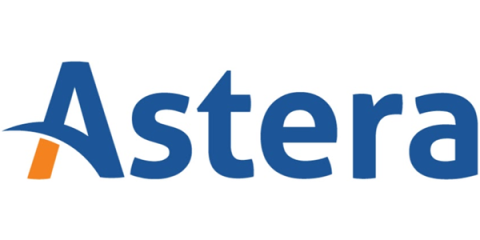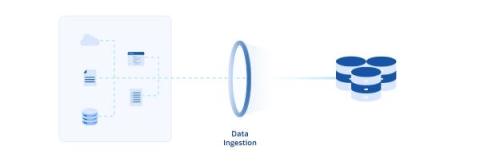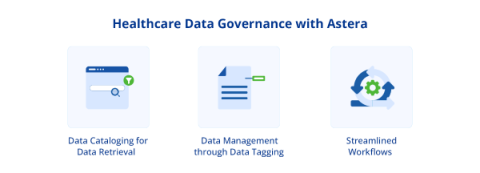Modernizing Higher Education Curriculum Planning with Astera's Data Solutions and Governance
A 2021 Educase report shows that 75% of surveyed institutions have started or are planning extensive digital transformation strategies to improve their data utilization. The importance of a strategic approach to data utilization in this context cannot be overstated. Effective data management frameworks ensure that data across the institution is accurate, consistent, and used in alignment with internal policies and external regulations.









